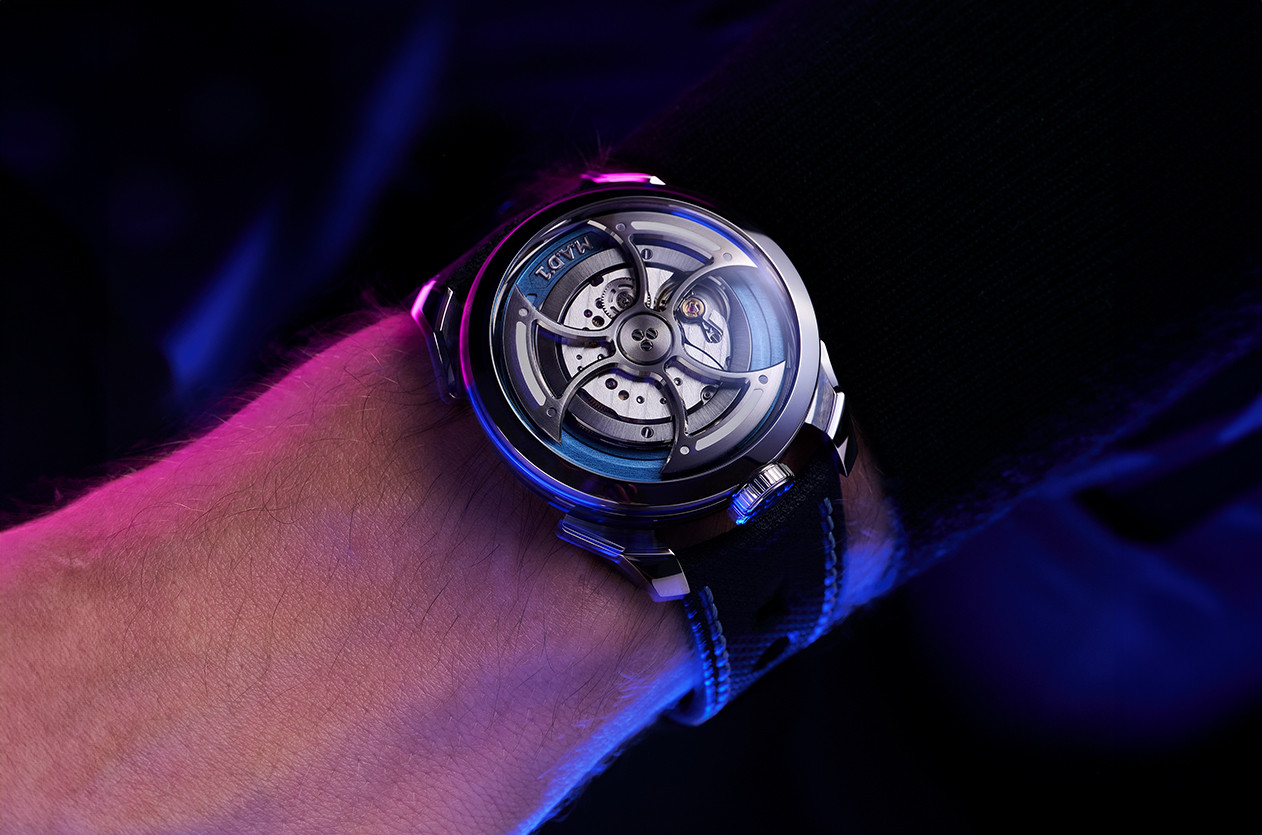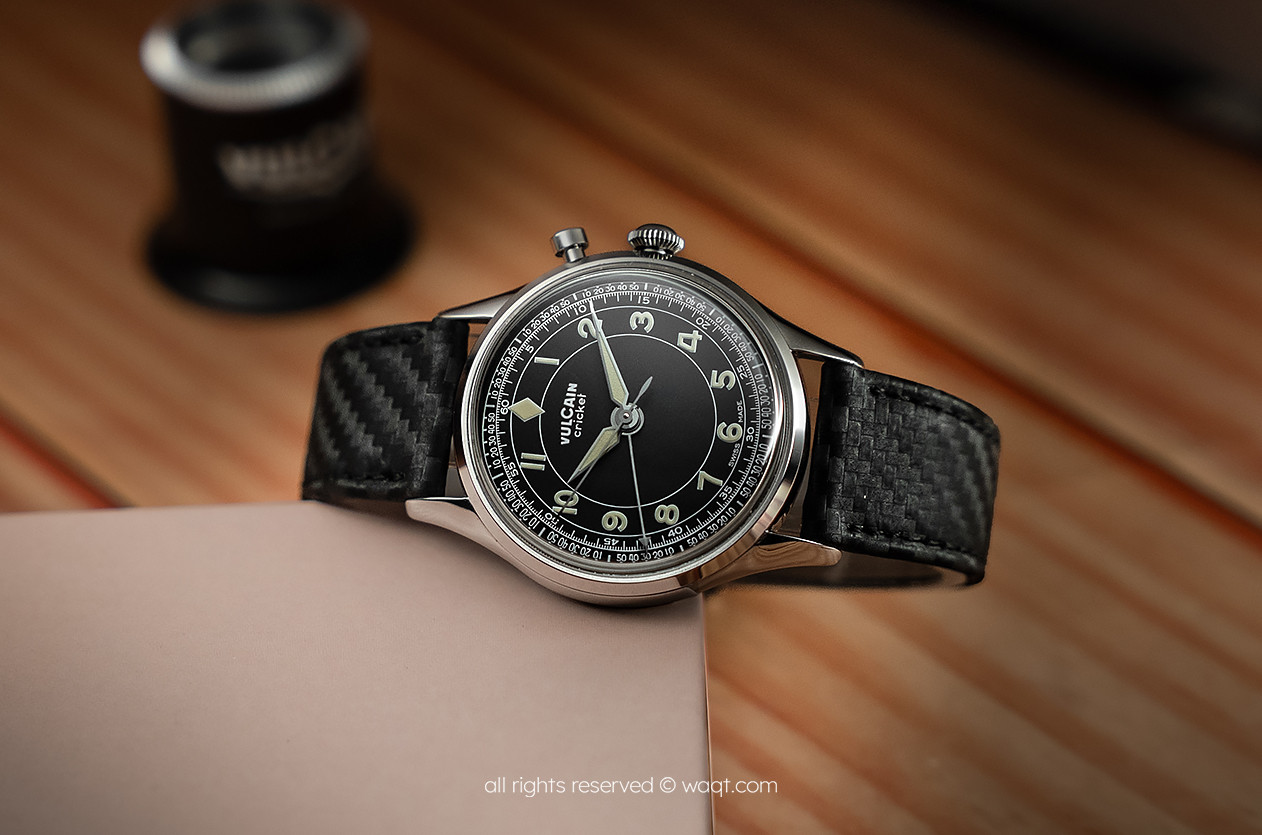
Introducing Seiko Unveils the Presage Cocktail Time SRPL96J “The Conte”
Welcome to the hub of the horoloy
Is a mechanical device used to accurately reproduce intricate patterns and designs on the watch's dial, case, and other components. It consists of linked arms or bars arranged in a parallelogram shape, with one end connected to a fixed point and the other end holding a pen or cutter. By tracing the original pattern using the pen, the Pantograph replicates the motion in a consistent manner.
Watchmakers use Pantographs to achieve precise and consistent replication of logos, decorations, or decorative patterns on various parts of the watches. Despite the availability of modern pattern replication methods, this traditional tool retains its importance in watchmaking, as skilled craftsmen continue to rely on its accuracy and artistic value.

News Dubai Watch Week 2025 Will Be the Largest Ever with 90 Brands Participating

Technical The Frequency, Why It Matters in Mechanical Watches

Editorial The Secrets of Watch Case Design

Editorial Abraham-Louis Breguet, The Father of Modern Horology

Introducing MB&F Unveils the New Generation of Its Famous Collection the M.A.D.1S

Hands on Vulcain Cricket Classic 39mm Black & Khaki